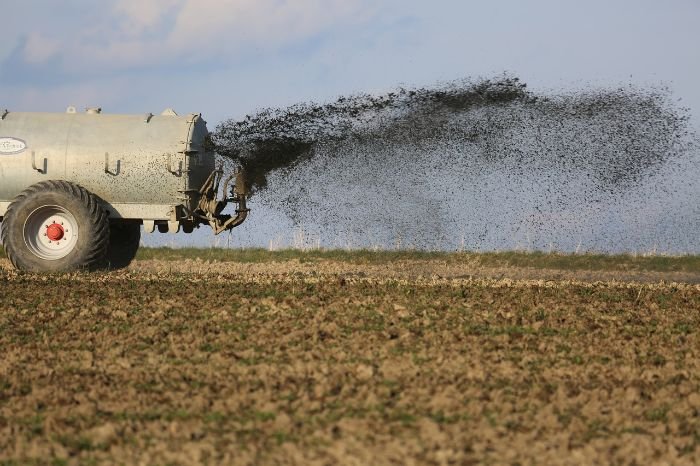Organic vs synthetic fertilizers shape how quickly plants respond and how long that response lasts. The real difference shows up in the field – organics change soil feel and water intake over weeks, while synthetics can shift leaf color in days but ride closer to burn.
I look for signals that steer the choice – soil that sheds water, leaf rims browning after heat, or worms near the surface after a rain. Each sign points to whether you need staying power or a quick push. When you frame the decision by what the bed shows, you cut waste and protect roots instead of feeding blind.
Key Takeaways:
- Track field signals before choosing organic or synthetic inputs
- Use synthetics for fast visible lift when plants stall midseason
- Avoid back-to-back soluble feeds in dry soil to prevent scorch
- Walk beds weekly at dusk to catch early stress responses
- Watch leaf rims and soil feel to time your next application
Table of Contents
What Actually Differs Between Organic and Synthetic Fertilizers
Real results come from knowing how each type behaves in soil. Source, release curve, and salt load change plant response and how closely you must manage watering. Understand the mechanics first, then you can choose confidently later.
What is the difference between organic and synthetic fertilizer?
Organic fertilizers come from natural materials and release nutrients as microbes break them down, so availability rises with warmth and moisture. Synthetic fertilizers deliver nutrients as readily soluble salts, so plants respond faster and dosing is easier to control. If a program needs biological soil gains over time, organics fit the brief; if timing and precision matter most, synthetics are simpler to steer.
Source and release curve
Nutrients in organics ride carbon and break free gradually, which smooths peaks but slows first response. Expect the main push once soils warm and stay evenly moist. Synthetic salts dissolve within hours to days, so color often lifts in 3-7 days when water is right. Coated synthetics extend release by weeks, but they still depend on temperature and steady irrigation to meter out.
Pro tip: When spring soils run cool, do not judge organics by week two. Recheck after a warm spell and consistent moisture before changing course.
Salt index, burn margin, and control
Synthetics carry a higher salt index, which tightens the margin for error in dry weather or shallow root zones. Water-in rates of roughly 0.25-0.5 inch reduce burn risk after surface applications. Organics have a low salt load and wider dose tolerance, but heavy layers can rob nitrogen briefly while microbes work. If a foliage edge browns after feeding, lower the salt load or increase water-in rather than stacking more product.
Soil effects over time
Organics add stable carbon like biochar that improves structure, water-holding, and cation exchange, which helps beds ride out dry spells and erratic watering. Synthetics feed efficiently without adding bulk, so they do little for structure by themselves. Long term, a soil with more stable organic matter buffers pH swings and holds potassium and micronutrients closer to the root zone.
| Attribute | Organic | Synthetic | Practical note |
|---|---|---|---|
| Release speed | Gradual, biology driven | Fast, water driven | Set expectations on response window |
| Dose control | Wider margin | Tight margin | Watch water-in and weather |
| Salt index | Low | Moderate to high | Burn risk rises in dry spells |
| Soil structure | Builds over seasons | Minimal change | Matters for beds and perennials |
| Microbial activity | Fuels biology | Neutral to biology | Warm, moist soils amplify organics |
| Consistency across seasons | Variable in cold | Predictable with water | Choose by timing needs |
| Storage and handling | Bulkier, odor possible | Compact, cleaner | Impacts small spaces and indoor storage |
| Cost per visible response | Slower payoff | Quick payoff | Budget by goals and timelines |
Know the mechanics and the later choices get easier. With the differences clear, we can place each fertilizer where it shines without trial-and-error.
Where Organics Win – Soil-Building Outcomes
Organic fertilizers pay off where soil structure and moisture management decide success. Beds hold water longer, roots branch deeper, and nutrients ride a smoother release curve. Use organics to build capacity first, then let plants spend that capacity during heat, wind, and irregular watering.
Why is organic fertilizer better?
Organic fertilizers are better when the goal is resilient soil that buffers drought, moderates pH swings, and feeds steadily through active biology. They shine in perennial beds, mixed borders, and new ground where soil needs to improve while plants grow. If timelines are short or temperatures are cold, expect a slower lift and plan ahead rather than raising rates.
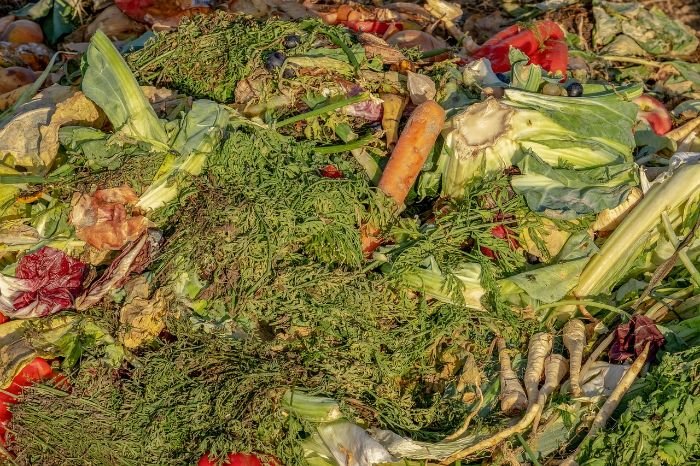
Pro tip: Start organics 3-6 weeks before peak demand so biology is active when growth surges.
Water-holding and tilth gains across seasons
Carbon from organics improves aggregate stability, so water moves in instead of sheeting off. After a year of steady topdressing, many beds stay workable 1-2 days longer between irrigations. Aim for light, repeated inputs rather than one heavy push: shallow incorporation in the top 2-4 inches accelerates contact with microbes, while thick surface layers can seal or cool the bed. If infiltration stays uneven, add coarse organic matter to break crusts and recheck after two rain or irrigation cycles.
Pro tip: Run a simple ring test and time 1 inch of infiltration; repeat each season to track gains in the same spot.
Lower burn risk and wider margin
Most organic fertilizers carry a low salt index, which widens the margin during hot spells or on shallow root systems. That said, high-carbon materials can tie up nitrogen briefly while microbes work. If fresh mulch goes down and new growth pales, bridge with a small, soluble nitrogen feed or switch to a composted product with a tighter carbon-to-nitrogen balance. Keep irrigation steady after applications; erratic wet-dry cycles slow mineralization and flatten response.
Practical limits you should plan around
Odor, wildlife interest, and temperature dependency are the main friction points. Fish and blood products can attract pets and skunks; cover lightly and water in. Cold soil slows release, so containers and spring plantings may lag unless media stays warm and evenly moist. If a site demands fast green-up for an event or transplant recovery, pair the organic base with a small, well-timed soluble feed later in the season rather than front-loading everything.
Organic programs win by building the bed you want to farm next month and next year. Treat them as infrastructure – modest, regular inputs, measured by plant response and simple field checks, deliver the compounding gains.
Where Synthetic Fertilizers Win – Speed and Control
Use synthetic fertilizers when timing, precision, and a quick visual lift matter. Fast-dissolving nutrients respond to water and temperature, so you can steer color and vigor within days instead of weeks.
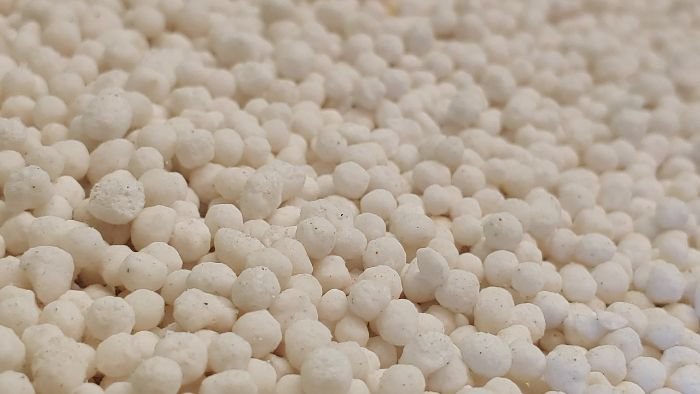
Quick recovery after stress or transplant
Synthetics shine when plants need an immediate nudge after hail, heat, or transplant shock. Soluble nitrogen and potassium move fast to restart growth and firm tissues. Split small doses 3-7 days apart rather than one heavy shot; roots under stress handle short, light feeds better. If foliage stays dull after the first pass, verify moisture and reapply at half rate rather than stacking full rates back-to-back.
Pro tip: Pair the first soluble feed with a deep water-in on the same day, then a light irrigation the next morning to keep salts moving away from the crown.
Containers and high-demand annuals
Container mixes drain fast and carry little reserve, so predictable feeding wins the season. Use a measured EC or ppm target if you run fertigation; otherwise, set a tight cadence tied to watering rhythm. Warm weather and daily irrigation favor little-and-often programs. For bloom-heavy annuals, keep phosphorus available near roots early, then lean on potassium as bud set ramps. Controlled-release prills help when watering varies, but they still speed up in heat, so watch flowers during hot spells and dial back solubles if color goes flat or edges crisp.
Pro tip: If leachate dries to a white crust at the pot rim, salts are accumulating; increase leaching fraction on the next two waterings and trim the next feed.
Managing risks without losing speed
Precision comes with a narrower margin. High salt index blends bite in dry soil or shallow root zones. Pre-wet dry media before feeding, then water-in 0.25-0.5 inch after surface applications to push nutrients into the root zone. On slopes or hydrophobic spots, feed right before a scheduled irrigation cycle to limit runoff. If leaf margins brown, reduce concentration by 25-50%, switch to split applications, or pivot to a partially controlled-release source during hot, windy weeks.
- Pre-check moisture: never feed bone-dry soil
- Split doses during heat or shallow rooting
- Water-in 0.25-0.5 inch after surface feeding
- Watch rims and edges for salt crust or scorch
- Reassess rate if color lifts, then stalls within 3-5 days
Use synthetics when the calendar or crop demands a fast, steerable response. Keep water timing tight, keep doses modest, and let the plant’s new growth tell you when to hold or nudge again.
Blended Strategies – Use Organic and Synthetic Fertilizers Together
Blend when you want soil to improve while plants still get a timely lift. Build a steady base with organics, then drop in small, well-timed soluble feeds for pushes after pruning, transplant, or heavy bloom. Keep intervals and water tight so salts help, not hinder.
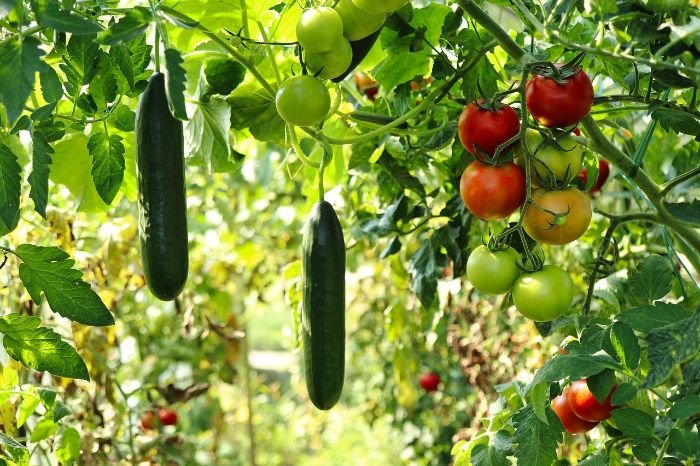
Base-and-boost plan
Set an organic baseline first so structure, water-holding, and biology climb through the season. Add a soluble nitrogen or potassium “boost” only when demand spikes – transplanting, first bud set, or recovery after stress. Split light doses 7-10 days apart rather than one big shot; the goal is a nudge, not a surge. If new growth stays pale but pH is in range, deliver a half-rate soluble feed and recheck color in 3-5 days before doing more.
Pro tip: Start the organic base 3-6 weeks ahead of peak growth so biology is active when the first boost lands.
Season pivots
Change the blend as temperature and growth change. Cool spring soils release organics slowly, so lean on a small soluble feed to bridge until nights hold above ~55 F. In steady summer warmth, organics carry more of the load and boosts spread farther apart. Late season, pull back on high nitrogen boosts to avoid soft growth; if plants need stamina, favor potassium-forward feeds and keep irrigation even.
Risk controls for mixed programs
Blends shorten your margin if you stack inputs too close. Leave 7-14 days between a heavy organic addition and a salt-based boost, especially in shallow beds. Pre-wet dry media, then water-in 0.25-0.5 inch after any surface-applied soluble to move nutrients below crowns. In containers, avoid piling weekly solubles on top of fresh controlled-release prills during heat; watch rims for white crust and leach if it appears. If leaf margins brown, cut concentration by 25-50% and extend the interval rather than skipping water.
- Build with organics, then boost only at demand peaks
- Keep 7-14 days between heavy organic and soluble inputs
- Pre-wet, then water-in 0.25-0.5 inch after soluble feeds
- Split boosts in heat; favor potassium late season
- Leach containers if salt crust shows at the rim
Blend for speed and staying power: organics raise the floor, synthetics time the peaks. Hold to clean intervals and disciplined watering, and the two play well together.
Decision Matrix – Choose Organic or Synthetic by Scenario
Use this matrix to pick between organic vs synthetic fertilizers based on how you grow, not brand promises. Match the pick to bed type, outcome, and limits on watering or labor, then sense-check with a small trial before scaling.
By bed type
Different beds ask for different pacing. New ground and perennial borders benefit from organics that lift structure and water-holding as plants settle in. Containers and turf respond cleanly to soluble feeds because media is lean and irrigation is frequent. Lawns near events want a timed, short-window response; vegetable rows on drip can run either path, depending on how closely you manage water.
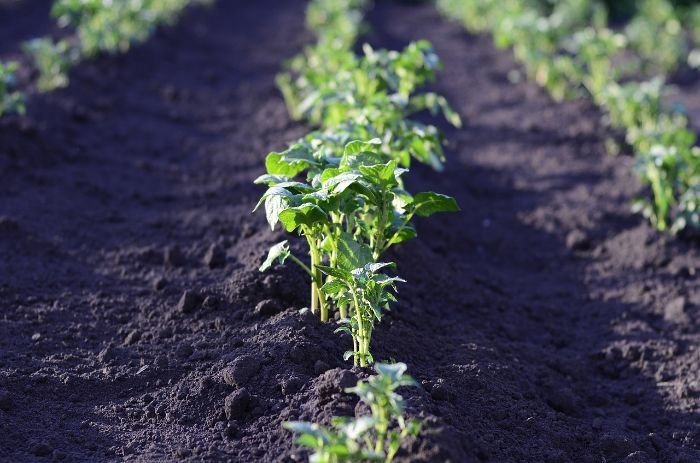
By priority
Decide what matters most right now. If you need visible color in 3-7 days, go synthetic. If you need resilience through heat and dry spells, lean organic. For peak bloom and fruit fill, use the option that you can meter to the week you need it; consistency beats label claims.
By constraints
Work with the site you have. Irregular watering and shallow soils narrow the margin for salts, which leans organic. Tight budgets favor organics where you can make or source bulk material; tight schedules favor synthetics you can measure and apply quickly. Where pets or wildlife pry, avoid strong-odor inputs.
| Scenario | Priority | Best pick | Why it fits | Watch-outs |
|---|---|---|---|---|
| New ground, poor tilth | Soil recovery | Organic | Builds structure and water-holding over time | Slow in cold soil |
| Established perennials | Even growth | Organic | Wider dose margin, low scorch risk | Wildlife interest with some inputs |
| Containers in summer | Fast response | Synthetic | Precise dosing with frequent irrigation | Salt buildup at rims |
| Spring, cool nights | Early push | Synthetic | Works before biology wakes up | Reduce rate if roots are tender |
| Lawn pre-event | Quick green-up | Synthetic | Predictable 7-10 day color window | Water-in to prevent tip burn |
| Flower beds midseason | Bloom hold | Synthetic (balanced or K-forward) | Timed feeds maintain color | Heat amplifies burn risk |
| Drought-prone beds | Resilience | Organic | Carbon improves infiltration and buffering | Needs steady moisture to mineralize |
| Wildlife-sensitive sites | Clean handling | Synthetic | Low odor, compact storage | Narrower margin in dry spells |
Use the table to pick, then confirm on a small patch. If new growth responds inside the expected window, scale that choice; if not, adjust rate or timing before you change types.
Practical Wrap-Up
Treat the choice between organic vs synthetic fertilizers as a timing decision more than a label decision. If you need a visible lift inside 3-7 days and you control irrigation, run a small soluble dose. If watering is irregular or roots sit shallow, build with organics and let structure carry the load. When you blend, leave 7-14 days between a heavy organic addition and any salt-based boost to keep margins wide.
Use response windows and field checks to steer, not slogans. Browning leaf edges after feeding means salts sat too close to dry roots; cut concentration 25-50% and water-in 0.25-0.5 inch. If color rises and then stalls by day 5, you likely hit demand without reserve; add a modest follow-up feed or extend the interval, not both. Walk beds weekly at dusk to read new growth, internode spacing, and rim crust on containers.
- Set a target response window before selecting product
- Match base feed to watering rhythm and depth
- Space mixed inputs 7-14 days to protect roots
- Water-in solubles 0.25-0.5 inch after application
- Recheck growth in 3-5 days, adjust rate first
FAQ
How do I choose between organic and synthetic when a lawn party is 7-10 days away?
If you need visible color inside 7-10 days and you can water on schedule, use a light synthetic feed and water-in. If the event is 3-4 weeks out, start organics now and keep moisture even so biology carries the lift.
Can I use organic and synthetic fertilizers together without overfeeding?
Yes, you can use organic and synthetic fertilizers together if you separate them by 7-14 days and keep doses modest. Pre-wet dry soil, water-in solubles 0.25-0.5 inch, and watch new growth for the next 3-5 days before any follow-up.
What is the real difference between organic and synthetic fertilizers in cold spring soils?
Below about 55 F at night, organics release slowly because microbes lag, while synthetics deliver on schedule with water. Bridge early growth with small synthetic doses, then let organics take over as soils warm.
Do organic fertilizers attract animals or smell, and how do I avoid that?
Choose composted products, incorporate lightly, and water in right away. Avoid evening applications where pets roam, and skip strong-scented meals near doors or patios if wildlife is active.
Are slow-release coated products a good middle ground for busy schedules?
They work well when watering is regular, metering nutrients for 2-3 months or longer. Heat speeds release, so reduce any additional soluble feed in hot spells and check plant color before topping up.
What should I do if heavy rain is forecast after I fertilize?
Delay surface-applied synthetics if a downpour is due within 24 hours or switch to a controlled-release form. Light rain helps organics settle; pounding rain risks runoff, so feed after the storm and water-in gently.
Which option fits sandy soil vs heavy clay?
Sandy beds benefit from organics to boost water-holding and from small, frequent synthetic doses. Heavy clay responds to organics that open structure; use lower-rate synthetics and water-in to avoid runoff.
What are fast signs I overdid a synthetic feed, and what is the fix?
Leaf margins brown, pots show a white rim crust, or plants wilt though soil is moist. Leach with 0.5-1 inch of water, skip the next feed, and resume at 25-50 percent lower concentration once growth steadies.






